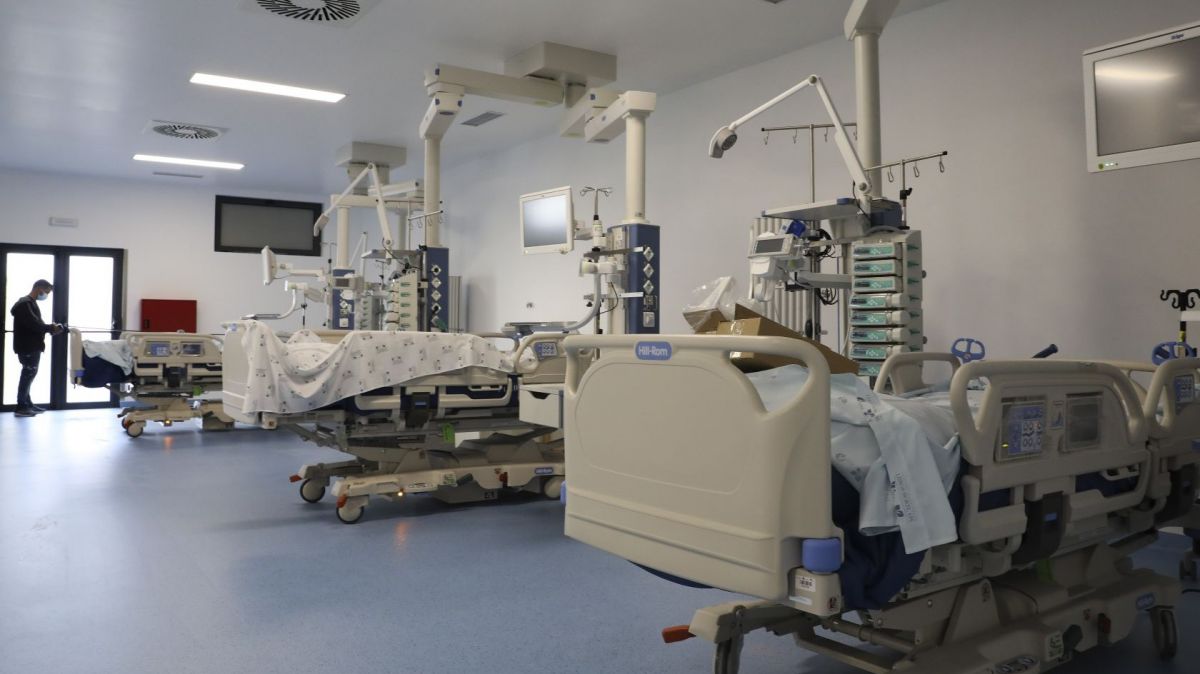The Health Regulatory Entity (ERS) has released the “Study on competition in the non-public hospital sector – 2025” which analyses the evolution and structure of this sector in mainland Portugal, with a special focus on the competitive dimension.
The analysis encompassed the 57 operators of the 95 hospitals (64 from the private sector and 31 from the social sector), and the 146 non-inpatient units that operate in an integrated manner with the hospitals. Data was collected between July 30 and August 11, 2025.
The North (45%), Greater Lisbon (20%), and Central (18%) regions concentrate the majority of hospital supply.
High concentration
The analysis reveals "a strong business concentration, with four large private groups holding approximately two-thirds of the installed capacity," which limits "competitive diversity."
As "relevant barriers" to the entry of new operators, it points to "the regulatory framework and the costs of investment and licensing," which favours already established groups.
Comparing with the 2024 results, a global trend of increased concentration was observed, especially in the NUTS II regions of Oeste and Vale do Tejo and Greater Lisbon.
Approximately 59% of the population residing in 181 municipalities (65% of the total) has access to hospital healthcare in substantially concentrated markets, where the supply is ensured by “a small number of operators”.
In several territories, situations were identified where only one operator ensures non-public hospital care.
Competitive concerns
“While market dominance was identified in 38% of municipalities in mainland Portugal, representing 21% of the total population, in the NUTS II regions of Oeste and Vale do Tejo and Alentejo, 68% and 64% of municipalities, respectively, present results that may raise greater competitive concerns, covering 65% and 71% of their populations,” it highlights.
The regulator warns that in the most concentrated regions, these operators hold stronger negotiating positions in agreements with the National Health Service, which can lead to higher prices and less diversity of services for users.
“Although there are not necessarily immediate negative effects, the high concentration observed in certain regions justifies permanent monitoring of competition in the non-public hospital sector, as well as the issuance of opinions and recommendations that ensure a balance between the quality of care and the protection of users”.
The regulator argues that “continuous monitoring is crucial to ensure the efficient functioning of markets, prevent restrictive practices, and promote more favourable conditions of access and quality for citizens.”
“Significant growth”
The regulator points out that the private hospital sector has been growing significantly in the last decade, reaching €2,905 million in 2023, which represented 11% of current health expenditure that year, corresponding to an increase of approximately €1,050 million since 2015.
Funding is essentially based on direct payments from families and health insurance, which represented about one-third of current health expenditure in 2024.
Between September 2015 and September 2025, the ERS issued 33 evaluation opinions. Competitive assessments, of which 17 involved operators from the private hospital sector.
In most of the assessments carried out regarding mergers and acquisitions between private hospitals, the ERS (Regulatory Entity for Health) did not identify impacts likely to generate concerns in the private hospital market.
“The relevance of competitive assessment stems from the evidence that competition is associated, among other aspects, with a reduction in the prices paid by users for access to healthcare, the encouragement of innovation, and the improvement of service quality,” concludes the report.















